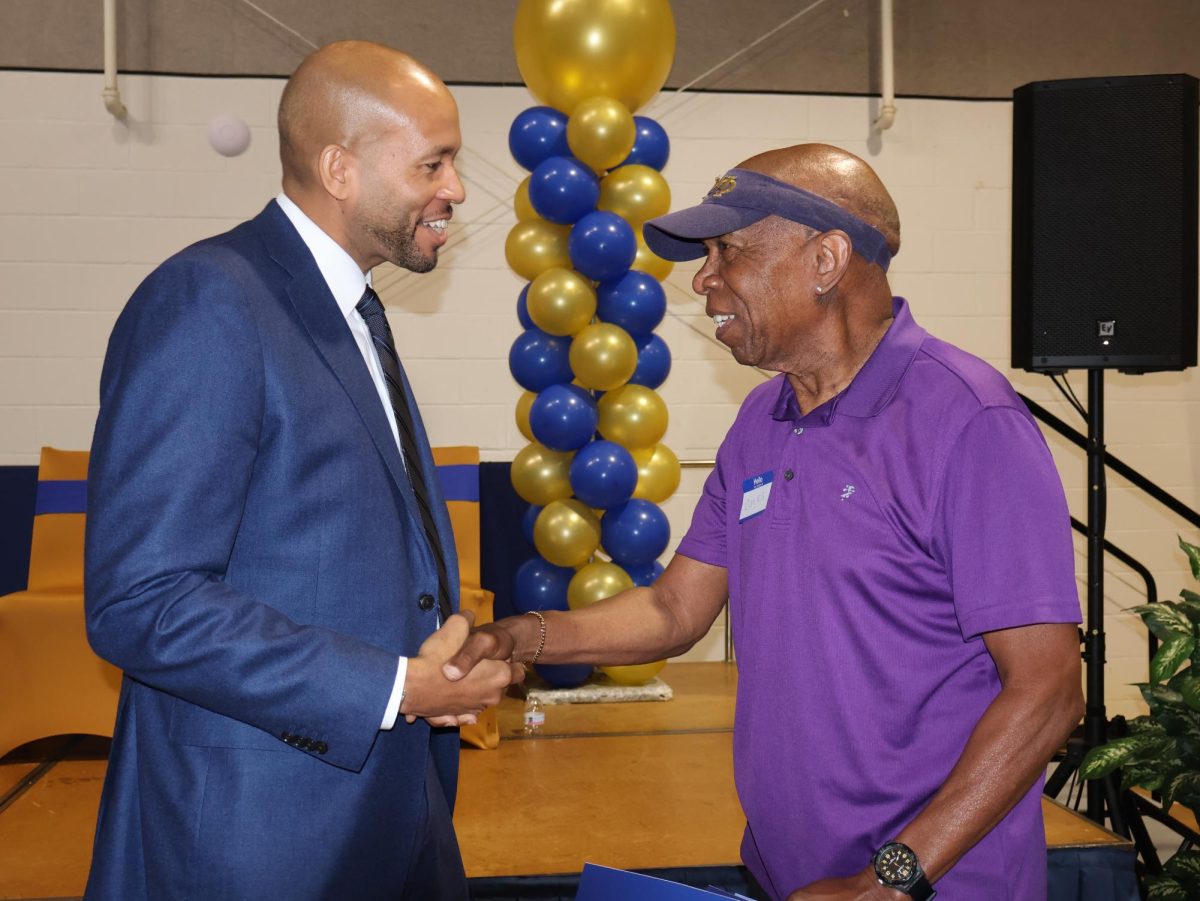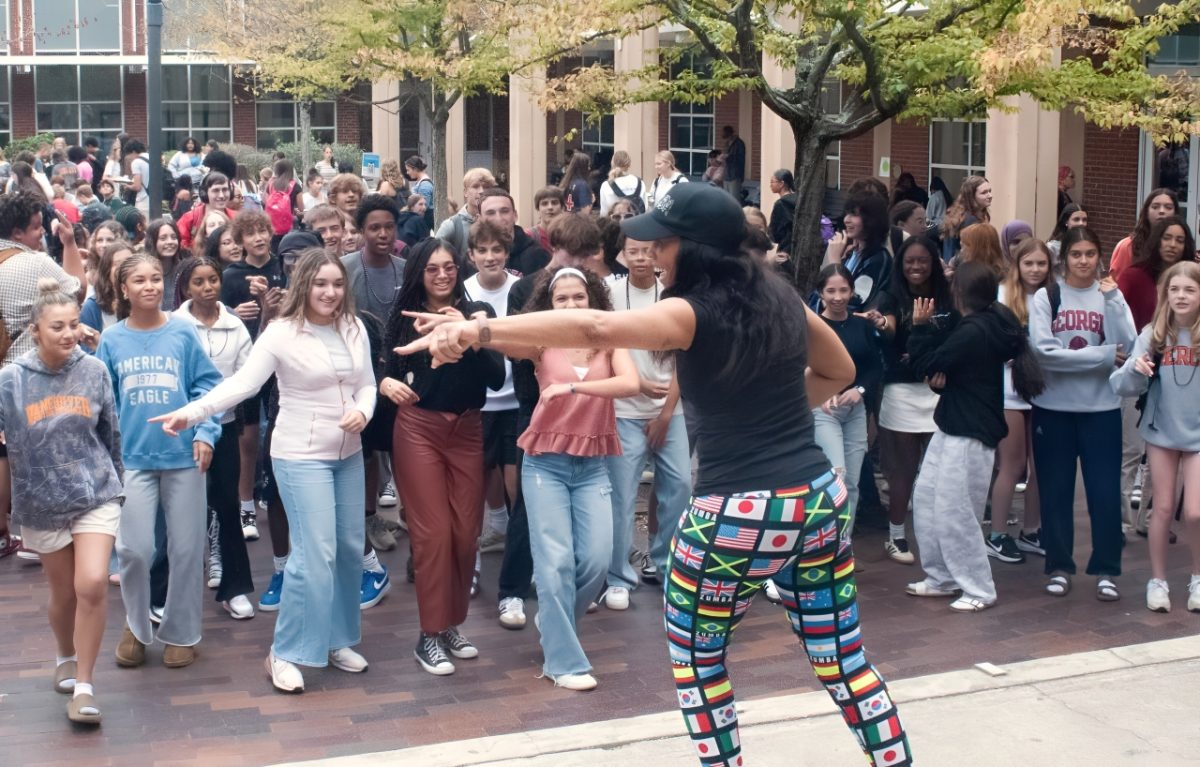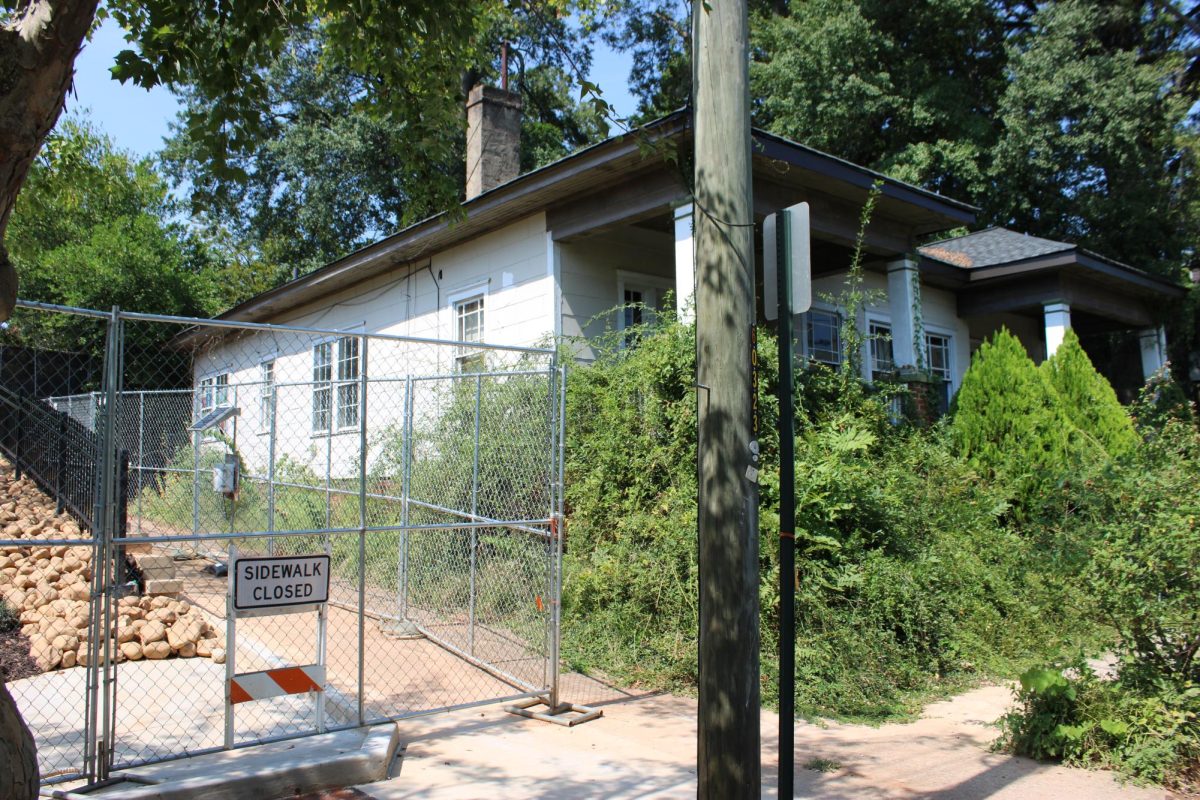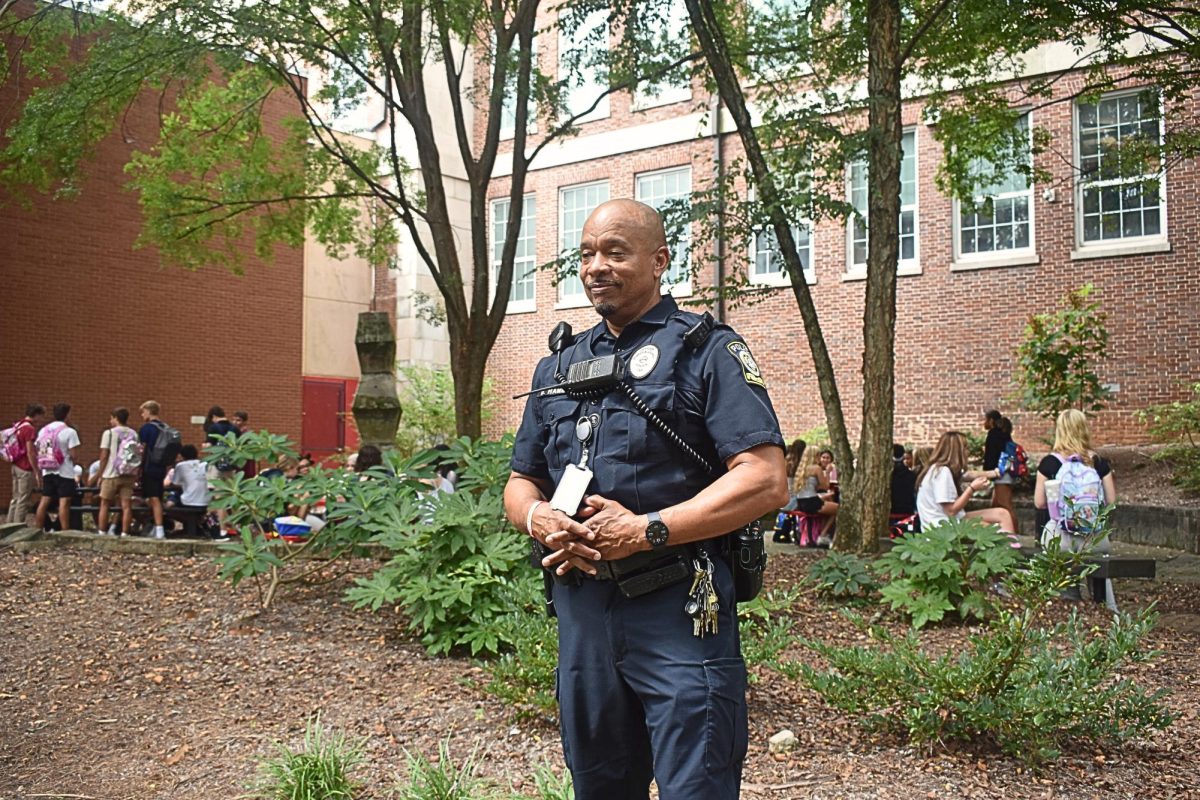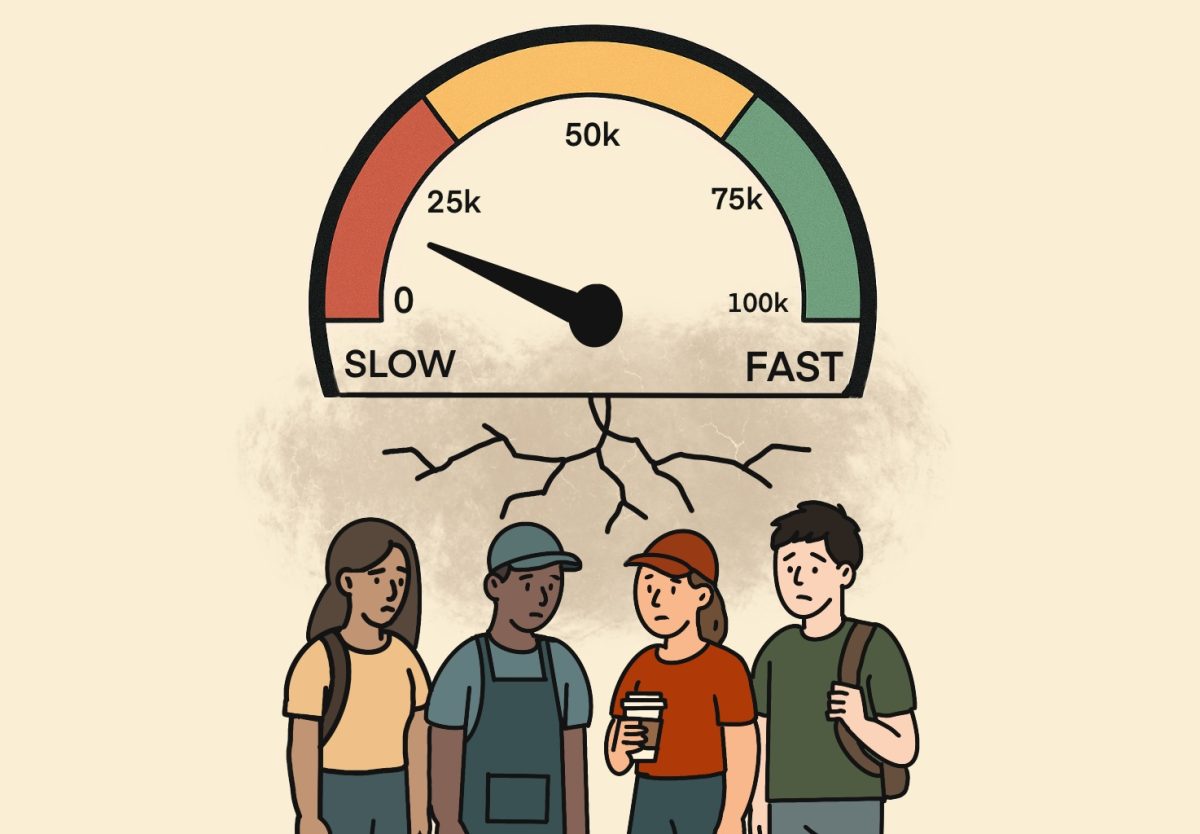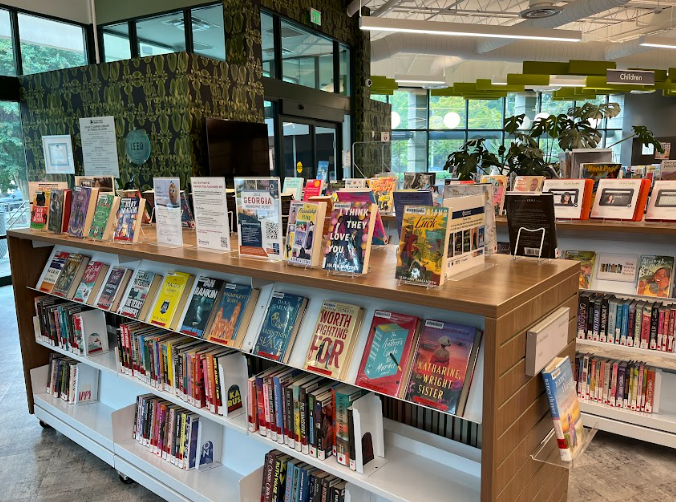BY SAMMI DEAN AND OLIVIA KLEINMAN
Scattered throughout the APS district are 17 abandoned properties each valued in the millions of dollars, 11 of which have been unused for more than a decade.
The buildings have declined for various reasons. One of these is the David T. Howard School, which has not been used as a school since 1976. According to the website of the Education Committee of Fourth Ward Neighbors, Inc., the school closed due to declining enrollment. Matthew Garbett, the President of Fourth Ward Neighbors, Inc., said the school was partially used as administrative Atlanta Police Department offices for a time, and currently the property houses a daycare in an unattatched trailer on the side of the building.
The building, however, has been sitting unoccupied for about eight years now.
The unused campus has a less than desirable effect on the community surrounding it, he said.
“It has an economic impact; it has a safety impact; it has a liveliness and vitality impact,” Garbett said.
In addition to being unsafe, the empty building undermines the recent programs to revitalize the Old Fourth Ward community.
“It’s just kind of slightly disheartening,” Garbett said. “That school would have been the public building in the heart of the neighborhood, and it would have connected a lot of the families around there, and so [it is disheartening] just to have a big vacant building sitting like that right in the middle of the neighborhood, surrounded by really ugly fencing with rusty barbed wire on the top.”
Although there are plans to get rid of the unattractive fencing, plans for the building to be once again used as a school died last spring as the APS redistricting shifted away from the idea of locating a sixth-grade Inman academy on the campus.
“[The David T. Howard School] is unique in the schools of Atlanta,” Garbett said. “Maynard Jackson went there and Dr. [Martin Luther] King [Jr.] went there; it’s in the heart of the historic Fourth Ward. … It really is a golden opportunity to reopen as a school that doesn’t just teach history but is history. It’s a golden opportunity regardless, and I just hope that we figure out a way to use it instead of letting it just sit there, falling apart slowly.”
APS executive director of facilities services Alvah Hardy said a repurposing committee is working on the disposition of the vacant buildings. One way APS puts the millions of dollars of extraneous real estate to work is by leasing buildings to charter schools or independent education groups. Allen Mueller works to ensure these facilities are accessible to outside groups. Officially titled the director of innovation at APS, he works to merge unique or unconventional education options with available APS resources and programs.
“Some charter schools have been located in the past in buildings that were not built as schools,” Mueller said. “That is a possibility, although we really want to make sure that the buildings we locate them in are safe and designed for education.”
According to Georgia law, if a school district has unused facilities, approved charter schools in the district have the first right to the building with the school board’s consent, Mueller said.
There are 11 former APS school buildings that are currently housing charter schools. Additionally, the Atlanta International School leases an APS building in North Fulton and Metro Atlanta Respite & Developmental Services, Inc., a group that treats children’s developmental issues, occupies a building in West Atlanta. The Atlanta Fire Department and Police Department are also leasees.
State codes on charter schools tend to leave out the crucial element of facility funding and options, Mueller said.
“Basically there is no funding mechanism in the state or locally to be able to provide for the facility for a [charter] school, and facilities are highly expensive,” Mueller said. “A facility for a school could be anywhere from $30 million, $20 million to $50 million or more.”
According to the 2011 Facilities Assessment of APS Vacant Buildings, of 14 former APS schools currently unoccupied and up for leasing, the neccesary renovation costs range from approximately $1 million to more than $16 million to be suitable for educational use. Mueller said these approximations are already out of date because unoccupied buildings fall apart quickly.
“I don’t think that we would locate a school in a building that needed that much repair work because there is no money to pay for it,” Mueller said. “That’s the simple truth.”
Some unused APS buildings are on the list to potentially receive funding from SPLOST IV, a one-cent sales tax to raise money for local school improvements. Mueller, however, said there are no plans to spend SPLOST dollars on these facilities as of yet.
“Anytime you have an empty building, there is a negative impact,” Garbett said. “It just makes it look like we’re an abandoned neighborhood. You want something like that to be vibrant.”


